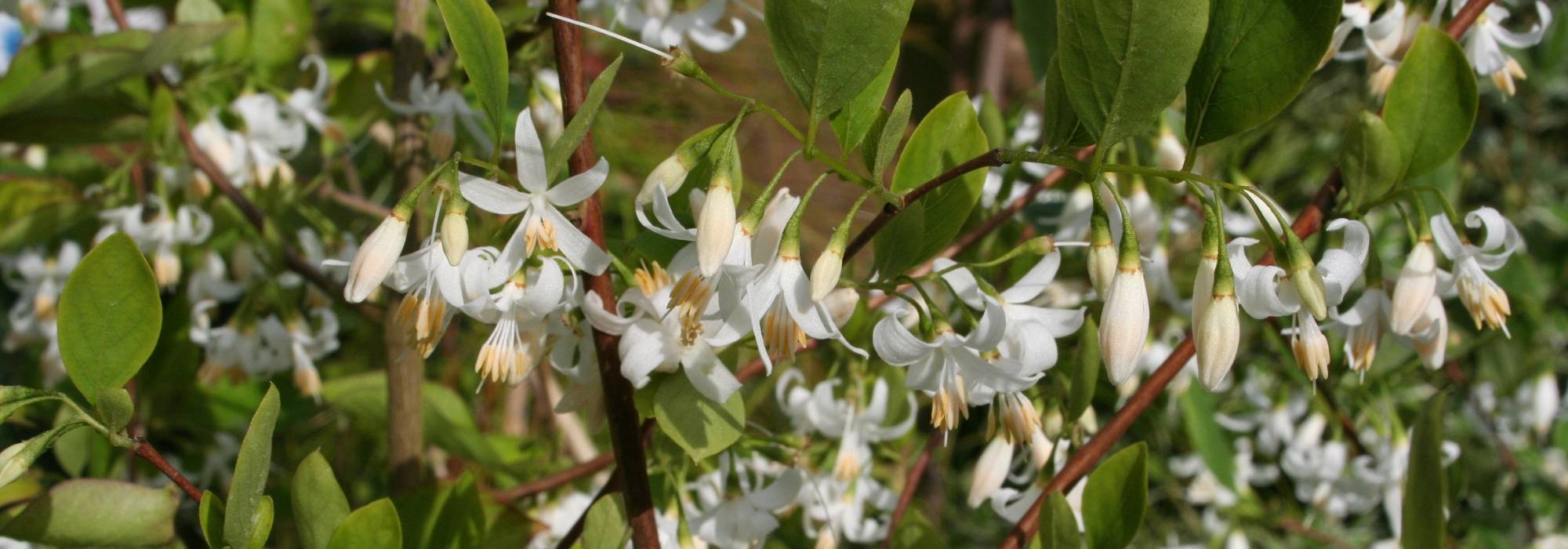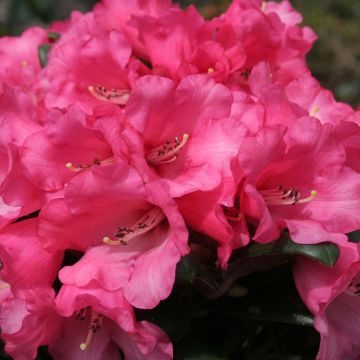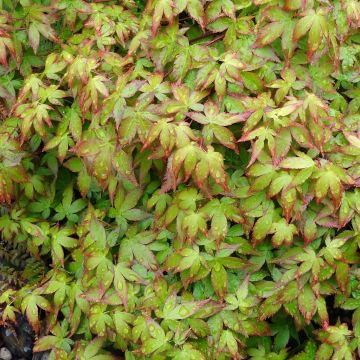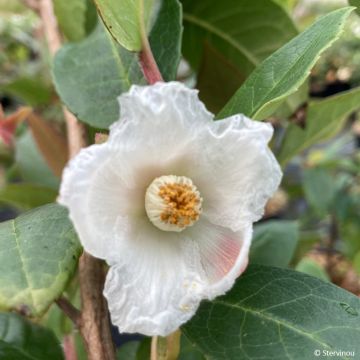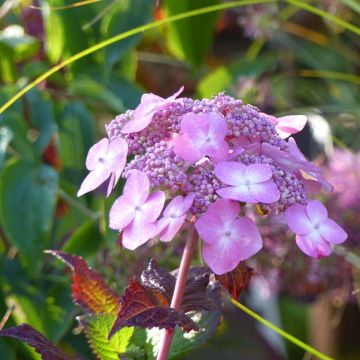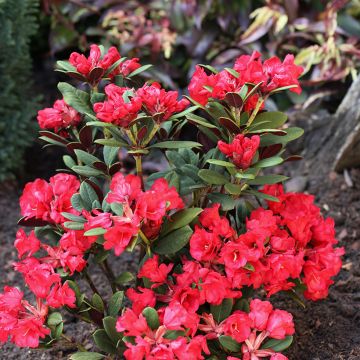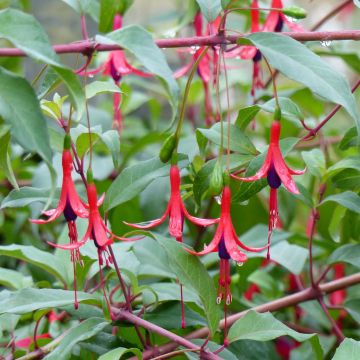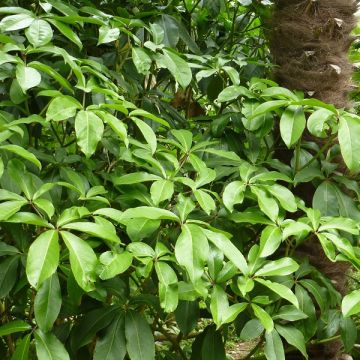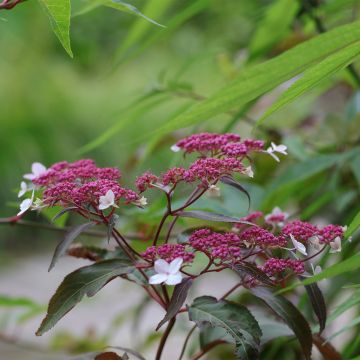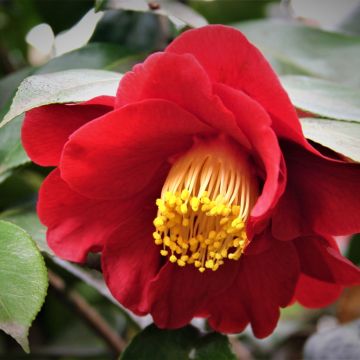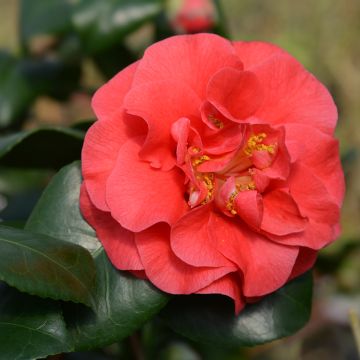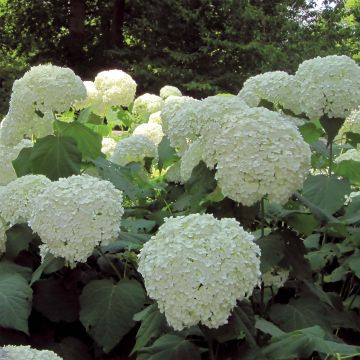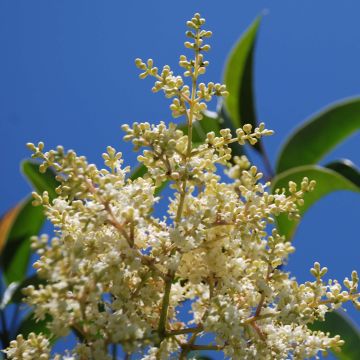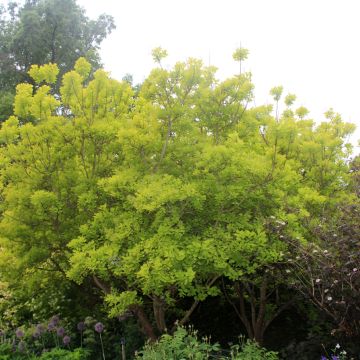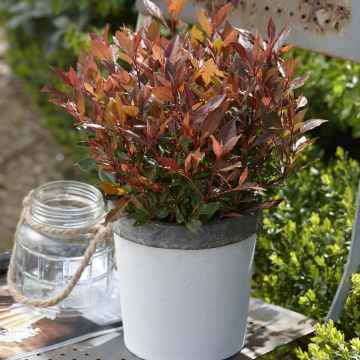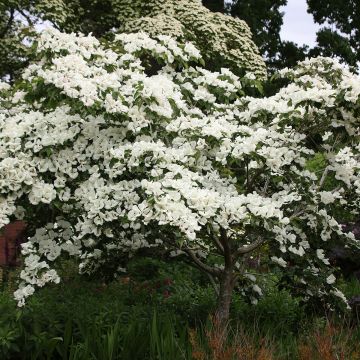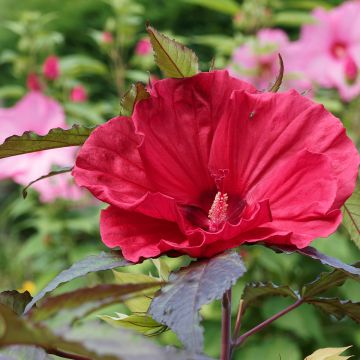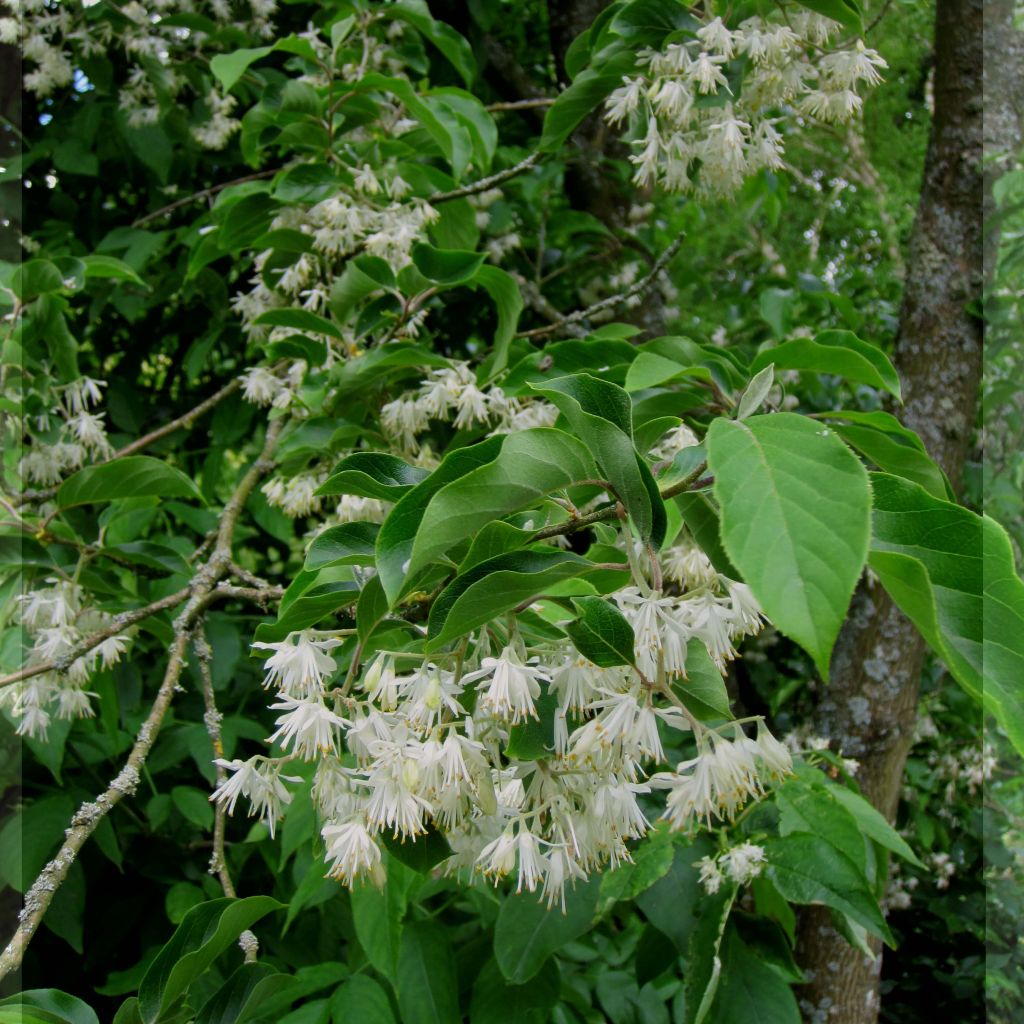

Pterostyrax corymbosa
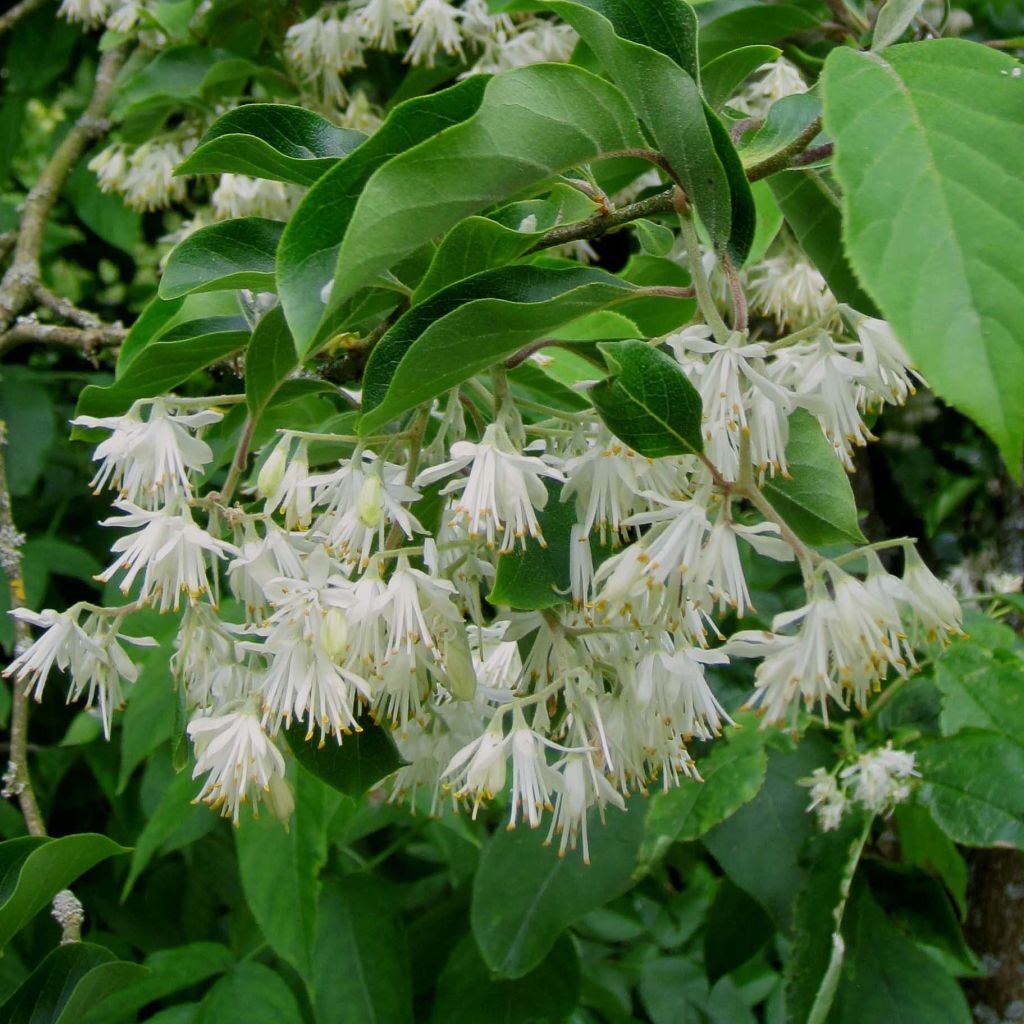

Pterostyrax corymbosa
Pterostyrax corymbosa
Pterostyrax corymbosa
Epaulette Tree, Fragrant Epaulette Tree
Special offer!
Receive a €20 voucher for any order over €90 (excluding delivery costs, credit notes, and plastic-free options)!
1- Add your favorite plants to your cart.
2- Once you have reached €90, confirm your order (you can even choose the delivery date!).
3- As soon as your order is shipped, you will receive an email containing your voucher code, valid for 3 months (90 days).
Your voucher is unique and can only be used once, for any order with a minimum value of €20, excluding delivery costs.
Can be combined with other current offers, non-divisible and non-refundable.
Home or relay delivery (depending on size and destination)
Schedule delivery date,
and select date in basket
This plant carries a 24 months recovery warranty
More information
We guarantee the quality of our plants for a full growing cycle, and will replace at our expense any plant that fails to recover under normal climatic and planting conditions.
Would this plant suit my garden?
Set up your Plantfit profile →
Description
The Pterostyrax corymbosus (synonym Halesia corymbosa) is a decorative and hardy small tree or large Asian bush that should find its way into our gardens. This cousin of the Styrax also offers a fragrant spring flowering and beautiful autumn colours. Its clusters of pleasantly scented white flowers are followed by unique and decorative fruits in dry compositions, and its bark with cinnamon aromas can be used in potpourri. Hardy and disease-resistant, this beautiful plant deserves to be discovered.
Native to Japan and China, Pterostyrax corymbosus is a large bush in the styracaceae family, composed of trees and shrubs with aromatic resin. It is a small ornamental tree that prefers cool, humus-rich, non-calcareous soil. Its natural habitat is forested, and it is found in fairly moist areas, not far from watercourses, at altitudes ranging from 400 to 1600 m (1312 to 5249ft). In its native lands, it can grow up to 12 m (39ft) in height, but under our climate it will typically reach 2.50 m (8ft) or 3 m (10ft) in all directions. It will reach a maximum height of 5 m (16ft) under optimal conditions. Its growth is fairly rapid.
The habit of Pterostyrax corymbosus is generally rounded if it has space, narrower when it grows in a thicket. It often forms a short trunk, or several small trunks, supporting a wide, regular and airy crown. In its early years, it resembles an erect bush. The deciduous foliage is composed of ovate leaves, strongly veined, measuring 6 to 14 cm (2 to 6in) in length and 4 to 8 cm (2 to 3in) in width, with finely toothed edges and hairy when young. They are a fairly light green color. Before falling, they turn a beautiful bright yellow, visible from afar in the garden.
Sometimes it takes 4 or 5 years to enjoy the first flowering on well-established plants. In May-June, on one-year-old branches, hanging panicles of clusters about ten cm long appear, composed of numerous small fragrant white flowers. Each flower, measuring 1 cm (1in) in length, has a bell-shaped corolla that widens into 5 tapering lobes, with protruding stamens. The bush covered in white flowers offers a magnificent spectacle. This fragrant flowering, visited by pollinating insects, gives way to ovoid and dry fruits, with 5 prominent veins, measuring 1 to 2 cm (1in) in length. These drupes, covered with a gray-yellow velvet and with a conical projection, are quite decorative. This Pterostyrax has excellent hardiness, around -20°C (1°F).
Pterostyrax corymbosus likes soils rich in humus, neutral to very acidic, cool and light, a soil that is suitable for hydrangeas and rhododendrons. Plant it isolated, near a pathway or not far from the house to fully enjoy its fragrance and beautiful autumn colours. It will also find its place in a flowered hedge or in a large shrub bed. This small tree's delicacy also pairs perfectly with the simplicity of an ornamental bramble Rubus Olympic Double. Consider also deciduous euonymus (Euonymus Red Cascade, alatus) and witch hazels (Arnold Promise) to accompany its golden foliage in autumn. For decorating its base, you can, for example, use small variegated euonymus shrubs (Emerald Gaiety) and Naples or coum cyclamens.
Pterostyrax corymbosa in pictures
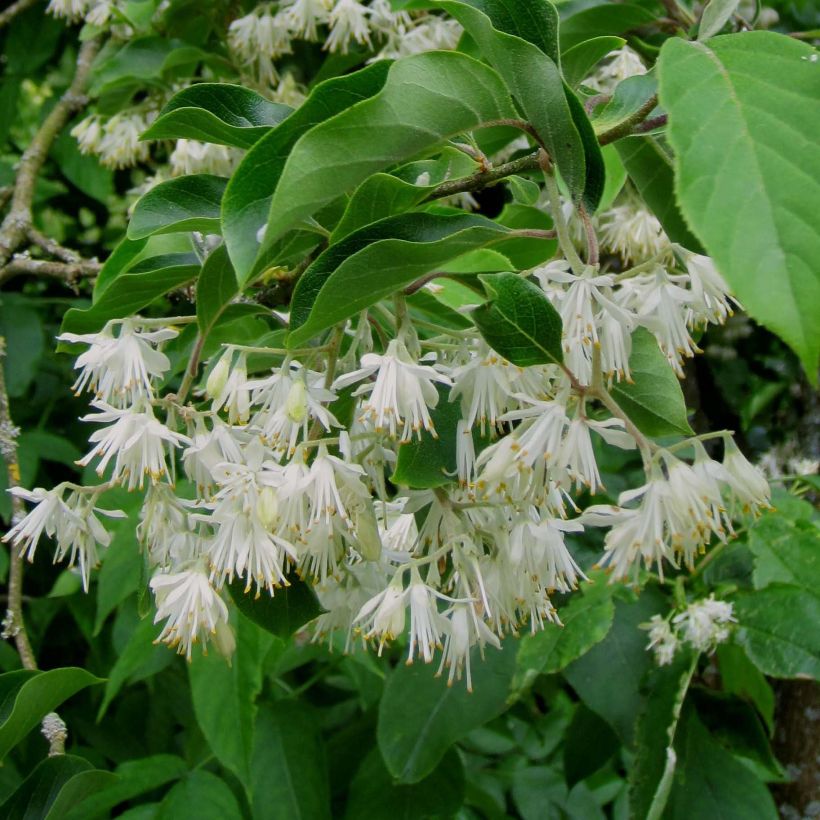

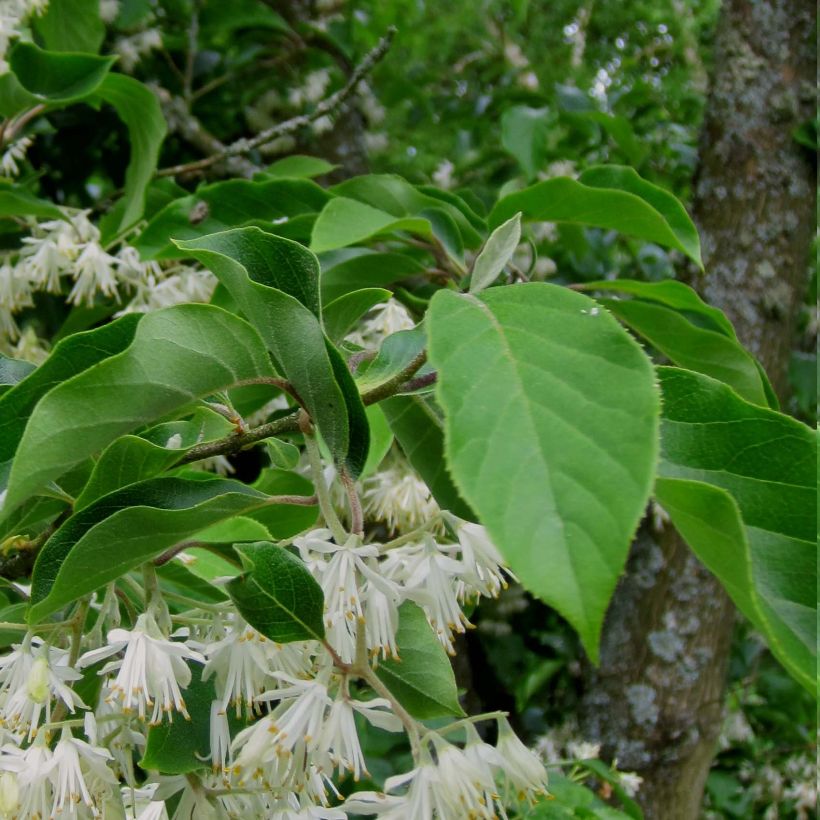

Plant habit
Flowering
Foliage
Botanical data
Pterostyrax
corymbosa
Styracaceae
Epaulette Tree, Fragrant Epaulette Tree
China
Other Shrubs for semi-shade
View all →Planting and care
Plant Pterostyrax corymbosa in spring or autumn, in full sun or partial shade, avoiding the hottest or excessively shaded areas of the garden. Sunlight is beneficial for a good flowering. It prefers acidic (even very acidic), humus-rich, moist, and light soils, similar to hydrangeas, Pieris, and camellias. It also thrives in neutral, non-calcareous, and well-drained soils. Choose a sheltered location, protected from the wind. Hardy down to -20°C (1°F), this small tree is sensitive to dry and hot climates. It is not prone to diseases and parasites and does not require pruning to maintain its attractive habit.
Planting period
Intended location
Care
Planting & care advice
This item has not been reviewed yet - be the first to leave a review about it.
Similar products
Haven't found what you were looking for?
Hardiness is the lowest winter temperature a plant can endure without suffering serious damage or even dying. However, hardiness is affected by location (a sheltered area, such as a patio), protection (winter cover) and soil type (hardiness is improved by well-drained soil).

Photo Sharing Terms & Conditions
In order to encourage gardeners to interact and share their experiences, Promesse de fleurs offers various media enabling content to be uploaded onto its Site - in particular via the ‘Photo sharing’ module.
The User agrees to refrain from:
- Posting any content that is illegal, prejudicial, insulting, racist, inciteful to hatred, revisionist, contrary to public decency, that infringes on privacy or on the privacy rights of third parties, in particular the publicity rights of persons and goods, intellectual property rights, or the right to privacy.
- Submitting content on behalf of a third party;
- Impersonate the identity of a third party and/or publish any personal information about a third party;
In general, the User undertakes to refrain from any unethical behaviour.
All Content (in particular text, comments, files, images, photos, videos, creative works, etc.), which may be subject to property or intellectual property rights, image or other private rights, shall remain the property of the User, subject to the limited rights granted by the terms of the licence granted by Promesse de fleurs as stated below. Users are at liberty to publish or not to publish such Content on the Site, notably via the ‘Photo Sharing’ facility, and accept that this Content shall be made public and freely accessible, notably on the Internet.
Users further acknowledge, undertake to have ,and guarantee that they hold all necessary rights and permissions to publish such material on the Site, in particular with regard to the legislation in force pertaining to any privacy, property, intellectual property, image, or contractual rights, or rights of any other nature. By publishing such Content on the Site, Users acknowledge accepting full liability as publishers of the Content within the meaning of the law, and grant Promesse de fleurs, free of charge, an inclusive, worldwide licence for the said Content for the entire duration of its publication, including all reproduction, representation, up/downloading, displaying, performing, transmission, and storage rights.
Users also grant permission for their name to be linked to the Content and accept that this link may not always be made available.
By engaging in posting material, Users consent to their Content becoming automatically accessible on the Internet, in particular on other sites and/or blogs and/or web pages of the Promesse de fleurs site, including in particular social pages and the Promesse de fleurs catalogue.
Users may secure the removal of entrusted content free of charge by issuing a simple request via our contact form.
The flowering period indicated on our website applies to countries and regions located in USDA zone 8 (France, the United Kingdom, Ireland, the Netherlands, etc.)
It will vary according to where you live:
- In zones 9 to 10 (Italy, Spain, Greece, etc.), flowering will occur about 2 to 4 weeks earlier.
- In zones 6 to 7 (Germany, Poland, Slovenia, and lower mountainous regions), flowering will be delayed by 2 to 3 weeks.
- In zone 5 (Central Europe, Scandinavia), blooming will be delayed by 3 to 5 weeks.
In temperate climates, pruning of spring-flowering shrubs (forsythia, spireas, etc.) should be done just after flowering.
Pruning of summer-flowering shrubs (Indian Lilac, Perovskia, etc.) can be done in winter or spring.
In cold regions as well as with frost-sensitive plants, avoid pruning too early when severe frosts may still occur.
The planting period indicated on our website applies to countries and regions located in USDA zone 8 (France, United Kingdom, Ireland, Netherlands).
It will vary according to where you live:
- In Mediterranean zones (Marseille, Madrid, Milan, etc.), autumn and winter are the best planting periods.
- In continental zones (Strasbourg, Munich, Vienna, etc.), delay planting by 2 to 3 weeks in spring and bring it forward by 2 to 4 weeks in autumn.
- In mountainous regions (the Alps, Pyrenees, Carpathians, etc.), it is best to plant in late spring (May-June) or late summer (August-September).
The harvesting period indicated on our website applies to countries and regions in USDA zone 8 (France, England, Ireland, the Netherlands).
In colder areas (Scandinavia, Poland, Austria...) fruit and vegetable harvests are likely to be delayed by 3-4 weeks.
In warmer areas (Italy, Spain, Greece, etc.), harvesting will probably take place earlier, depending on weather conditions.
The sowing periods indicated on our website apply to countries and regions within USDA Zone 8 (France, UK, Ireland, Netherlands).
In colder areas (Scandinavia, Poland, Austria...), delay any outdoor sowing by 3-4 weeks, or sow under glass.
In warmer climes (Italy, Spain, Greece, etc.), bring outdoor sowing forward by a few weeks.






























